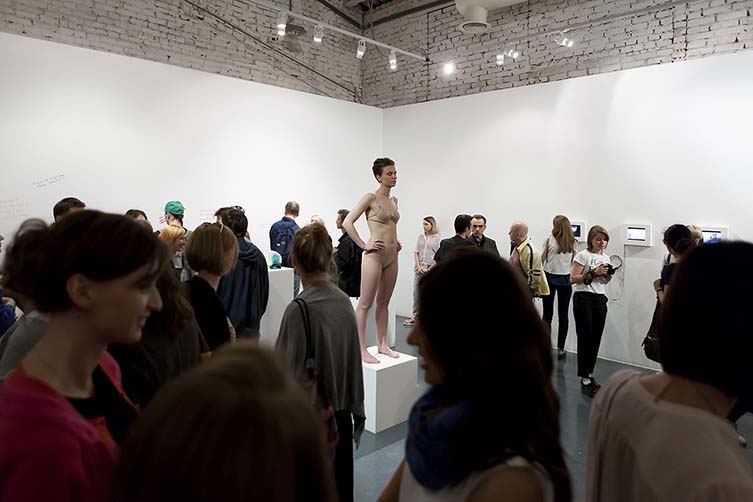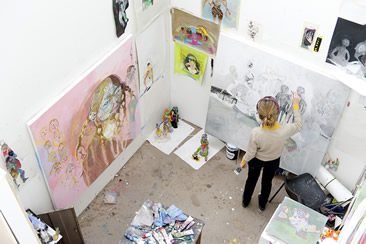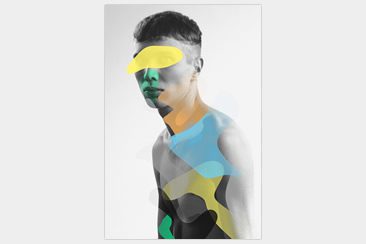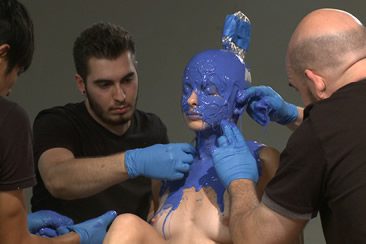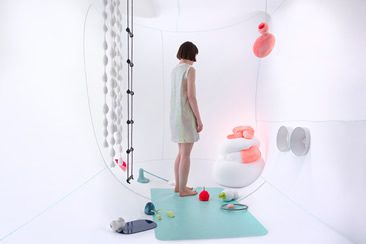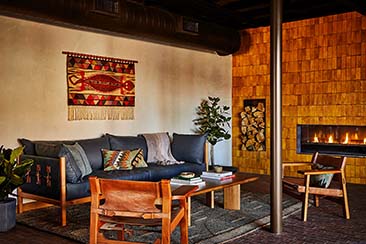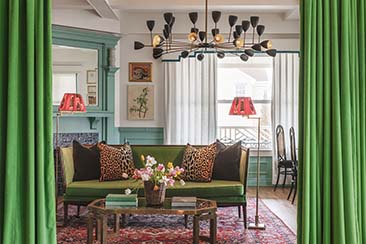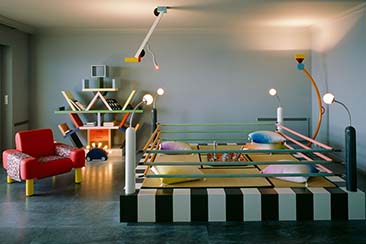Award-winning Moscow-born and -based contemporary artist Maria Agureeva explores perceptions, ideology, and expectations relating to the body. Vivacious, brave and bold in its appearance, although societal in nature, her work doesn’t preach or make outlandish statements; rather evolving through experience and investigation.
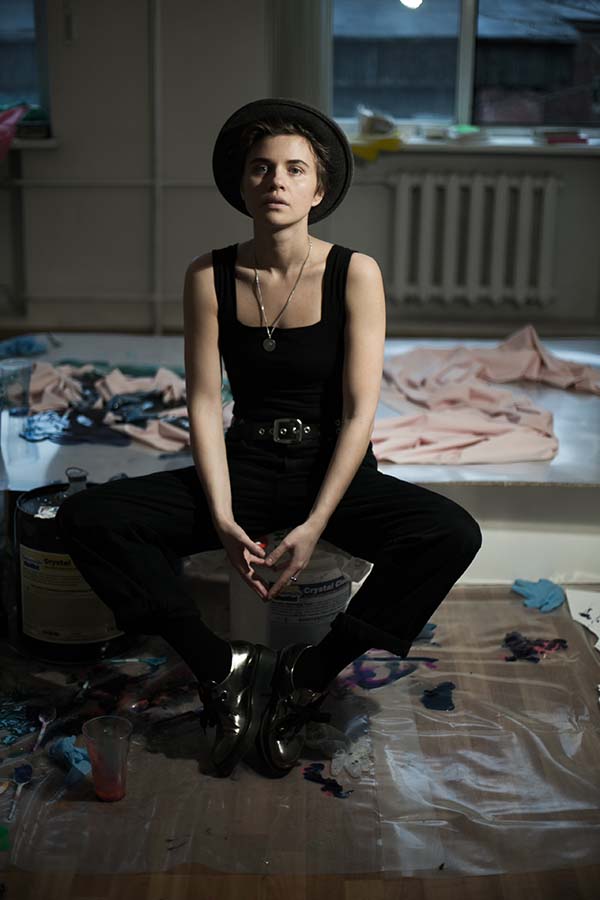
“I think that modern people’s desire to continually improve their bodies becomes an obsession, and we cannot always control it.” Maria Agureeva.
Using predominantly artificial materials such as plastics, film, and other matter that contrast the organic nature of the body, Agureeva presents series of multi-media, sculpture, performance, video, and photography work. Although the media used varies is texture, form, and colour, it is the human form that is also on display and at the heart of her work. Engaging in public live art, the Russian’s audiences have been the subjects of her work as much as she and her models.
Using the body as metaphor and subject of display, Maria Agureeva explores physicality in relation to appeal or the lack of, oftentimes at the expense of her own ego and self-image. She is investigating and reacting to two factors: firstly, how we treat our own bodies as objects by presenting polished, augmented and beautified versions of ourselves; and secondly in how others perceive us.
Responding to mainstream culture, social environments, and the media in which messages of the ideal self are released and received, Agureeva says that her job as an artist is to “show how the body becomes a hybrid space where materiality of flesh is connected with an individual consciousness and identity. It is driven by the desire to change ourselves to escape social pressure, but also by the desire to find our true shape and genuine content.”
As she prepares for a major residency and exhibition in Los Angeles, we caught up with Maria to find out what she has discovered about human nature as a result of her intimate practice.
In your work there appears to be a battle between complying with social pressures concerning attractiveness or appeal, and a more deep-rooted desire for the individual to find ‘true’ peace with one’s physical self. What is your underlying intention?
I think it’s an eternal question. I work with materials that interact with each other on contrast, illustrating this question that tears souls apart. Our inevitable desire to change ourselves, creating and overcoming systems of social pressure to find our form and its genuine feeling can become an obsession which is precisely what I am working with. I am not creating any manifestos with my work, rather reactions to the imperfections of the world.
The body is the main subject of your work—it feels as though you use it as a tool that is external and separate from your consciousness. What is the personal significance?
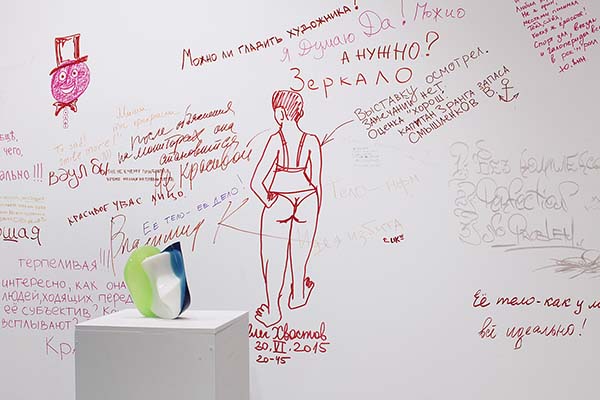
“Viewers were allowed to write a review of the artist’s body. There was no framework, and everyone could suggest what he or she would like to change in my appearance. When the performance finished the entire wall was filled with reviews. The wall looked like it was taken from a middle school or a similar place in terms of the maturity of the messages. I’m not sure if I am ready to repeat this performance because it was truly challenging. But it was important for me to do it.
I use my body as an instrument, but very rarely. I usually use the help of models. As an instrument, my body was only used in The Spatial Relations in Anatomic Terminology, Pieces of Artist, and Guest Book—but these works are very important for me.
The video installation The Spatial Relations in Anatomic Terminology consists of seven video scenes, where I face seven figures of the Russian art scene half-naked. Each of the participants had the opportunity to evaluate my body and say what they would like to change accordingly to their taste. It was an improvisation so it was crucial that before the shooting I had not asked them what they were going to criticise. All of them were quite frank. When you are going through this experience, you realise that each person’s opinion is entirely subjective and judgmental.
It was a challenging experience for me, and after that I started doing a sculpture series called Pieces of Artist. They are the casts of those body parts that were most talked about—knees, elbows, folds on the stomach—and I made them ideally smooth. After that I covered them with glossy varnish to emphasise the ideal, unnaturally smooth surface.
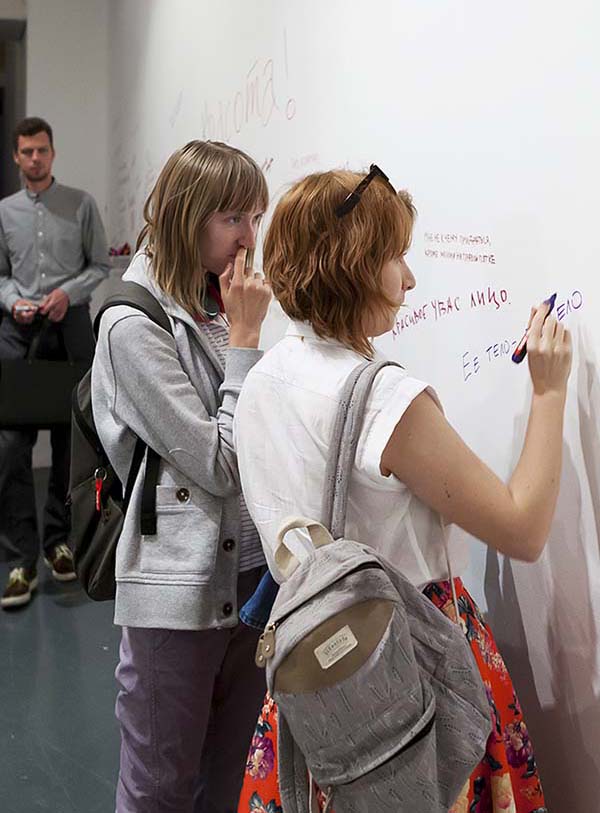
Maria Agureeva, Guest Book, 2015
Performance, Pechersky gallery (Moscow)
After creating the sculpture series, I decided that it was important to turn the video into performative practice. I called it Guest Book. I stood on a podium alongside the sculptures that were shown earlier so my body became an object like the other exhibits. Viewers were allowed to write a review of the artist’s body. There was no framework, and everyone could suggest what he or she would like to change in my appearance. When the performance finished the entire wall was filled with reviews. I hadn’t expected to see such results. The wall looked like it was taken from a middle school or a similar place in terms of the maturity of the messages. For example, “I would do her”, “whore”, “wrinkled”, “chick gotta be naked”, and others of this kind.
When the performance was over, people came with their markers and continued to write on the wall. I even saw one man put his girlfriend on his shoulders and let her write something with his dictation. The exhibition was videoed, and we could see that almost every visitor left something on the wall. People couldn’t stop, and at some point started to write to each other, so the wall came to life. One particular comment I remember is “the mirror” because this wall really did become a mirror for the people or a snapshot that showed their attitudes, boundaries and cultural codes.
I’m not sure if I am ready to repeat this performance because it was truly challenging. But it was important for me to do it.
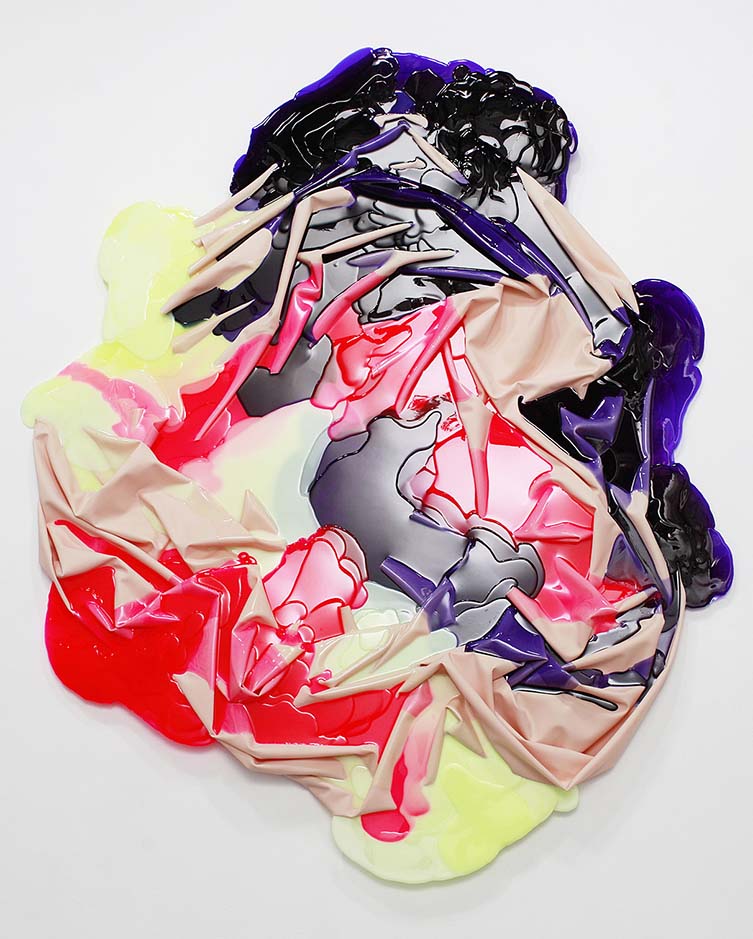
“I do not have a specific aim to use a broad palette of materials—I find them to serve a particular purpose, they appear after my ideas.”
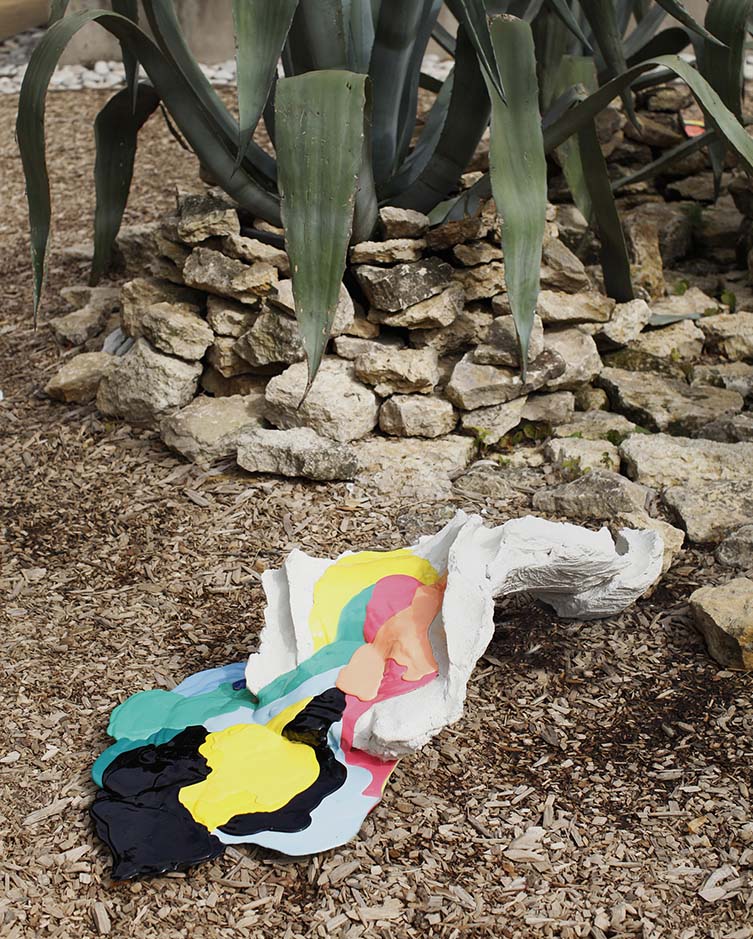
You use various mediums to present your work from film to latex to plastic and photography, which are all physical in how they are shown and/or made, why do you choose to work across these medias?
As an artist, I started with photography but it soon became too narrow. It may be that I am in constant search for new medias because I find it boring sticking to only one predetermined way of working. I could never stop myself from trying something new as I don’t like boundaries and labels.
I started working with new medias by accident. I had never thought I would work with video and performance but got involved in an art group where we used video and performance actively. We stopped collaborating but these mediums feel innate to me now. I plan on working with new materials more and have introduced wax and metals into my practice, which are all new to me. I do not have a specific aim to use a broad palette of materials—I find them to serve a particular purpose, they appear after my ideas. The materials that are interesting in now are also used by my two favourite artists, Hannah Levy from the USA and the group Pakui Hardware from Berlin. The topics we investigate also correlate.
In Self Emptiness—using alabaster, plastic, and concrete—the white crumpled ‘shells’ appear to be oozing colour and life stopped in motion, what are these colours and materials representing?
This series consists of casts of the irregular form taken from female and male models. They are filled with colourful liquid plastic, which is forever frozen in glossy enchanting strokes; plastic is undeniably attractive. These two materials work in accordance with each other. Natural, rough, and supple mineral surface has the traces of contact with organic material—recognisable features of body parts, its wrinkles and folds, hair coming up through negative relief as ‘existence—non-existence’, dents in the cracked surface …
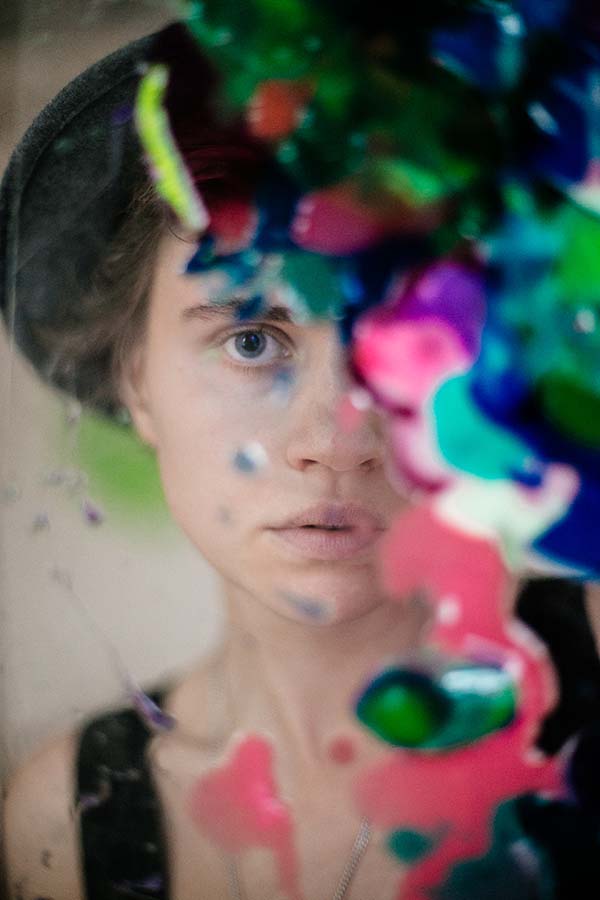
“The internet and mass media, of course, translate and replicate information which becomes a standard for our appearance, but it’s only a link in a chain. Society creates the standard, which later gets dispersed just like pollen in the wind—so it is not entirely obvious what was the initial source was.”
It reminds of the ancient Pompei runners who got preserved in solidified ashes; their hollow forms were later filled in with the cast, which tells us about emptiness and the three dimensions of something which is hidden and something apparent. The ostentatious glossy surface of the plastic is like a demonstration of a beautiful case for the natural surface of the concrete.
To me, it’s a metaphor of the self-design concept which I am working with.
Tell us about your ‘self-design’ concept.
I think that modern people’s desire to continually improve their bodies becomes similar to obsession, and we cannot always control it. When I use the term ‘self-design’, I mean that this process is similar to a design of a person when they can create new selves, but when it becomes an uncontrollable obsession it gets closer to a cult. To me, religion in this sense is a cult, which enslaves you and dictates its own rules.
Do you think that the internet and media are to blame for our collective desire to be seen in a certain way? Is there any blame to be given or is it something humanity has always done?
The internet and mass media, of course, translate and replicate information which becomes a standard for our appearance, but it’s only a link in a chain. Society creates the standard, which later gets dispersed just like pollen in the wind—so it is not entirely obvious what was the initial source was. The information, in turn, gets rooted in people’s minds; changing their perception of themselves through their personal experience and surroundings, which are also important. Chasing these standards, we lose the genuine, living, and innate features of a person.
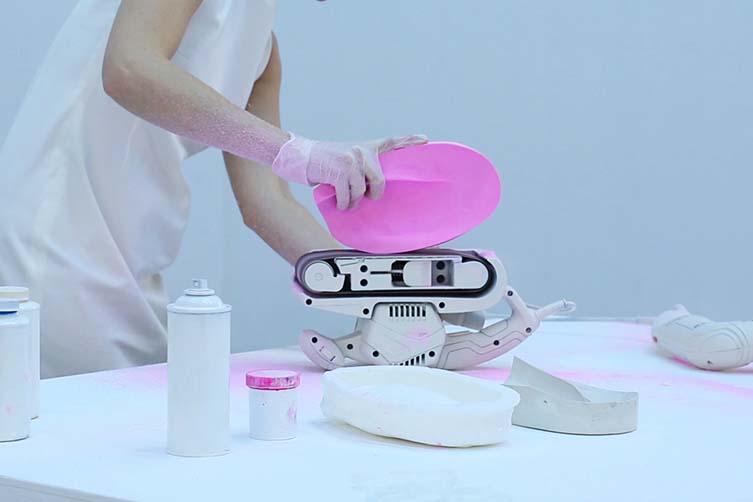
Maria Agureeva, Dust, 2018: Five-channel video, 56 min
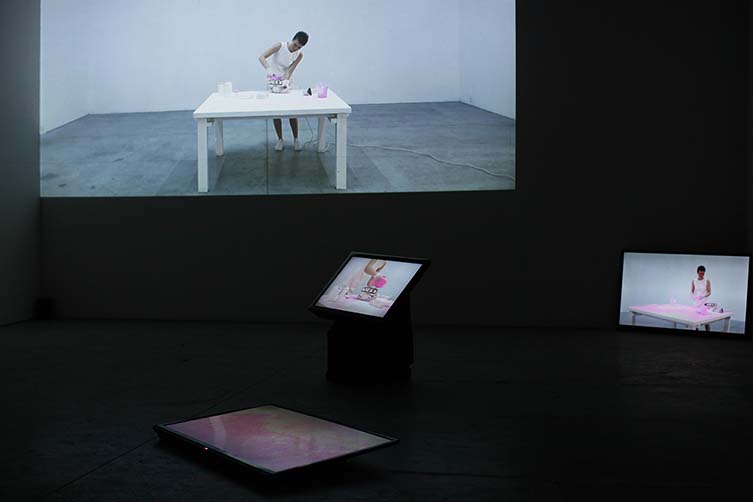
In your multi-channel film installation, Dust, you aim to intentionally ‘erase borderlines between documentary and performance’. What are you trying to say?
The five-channel video installation documents a performance that lasts for one hour and a half. It was decided to limit it to 56 minutes of video footage. The performance continued without any breaks; it was a documentation of a single piece of live action. The audience could watch how the object was born and annihilated, capturing the whole cycle of life. There is a channel within the installation that demonstrates the afterlife of the dust, which was obtained after the object was dispersed. The main character in this recording is the dust that keeps living and regenerating.
We’re excited to hear about your up-coming two month residency at 18th Street Arts Centre and your The Dust of Perl Will Settle Down on Soft Skin Covering all the Cracks exhibition at the Atrium Gallery in Santa Monica; what can we expect?
I am also excited about this. Everything fell into place—the residency approved my participation, and then the opportunity to have an exhibition came along. I had wanted to have an exhibition precisely in Los Angeles because I find its atmosphere close to me. I will show my video installation Dust and a brand new series of sculptures which I will be creating during my residency.
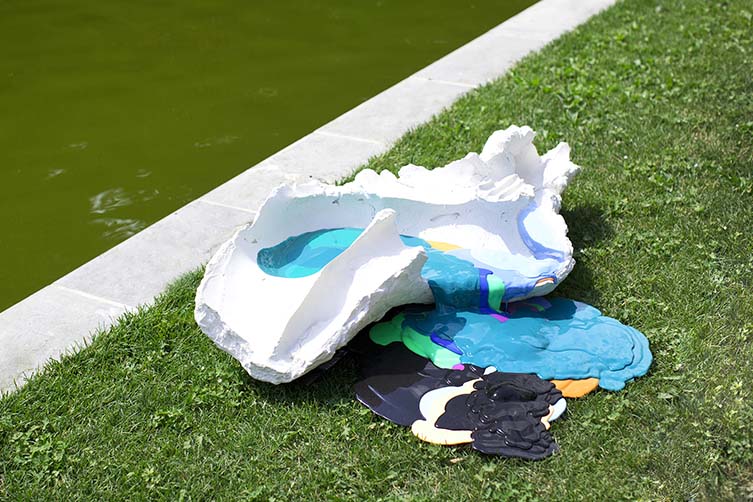
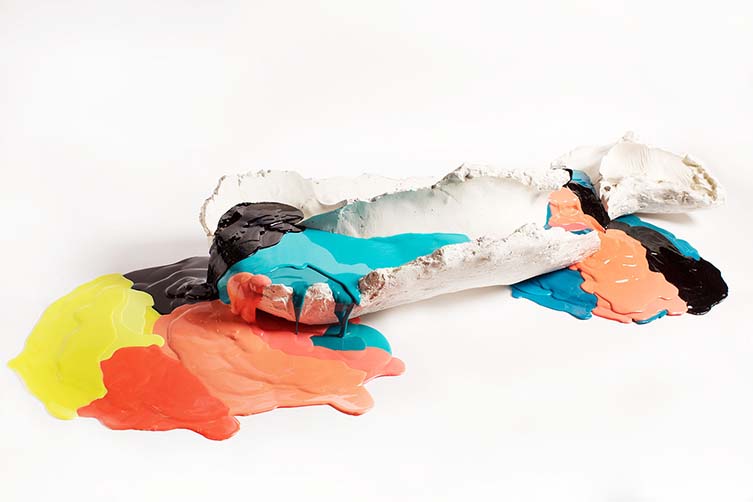
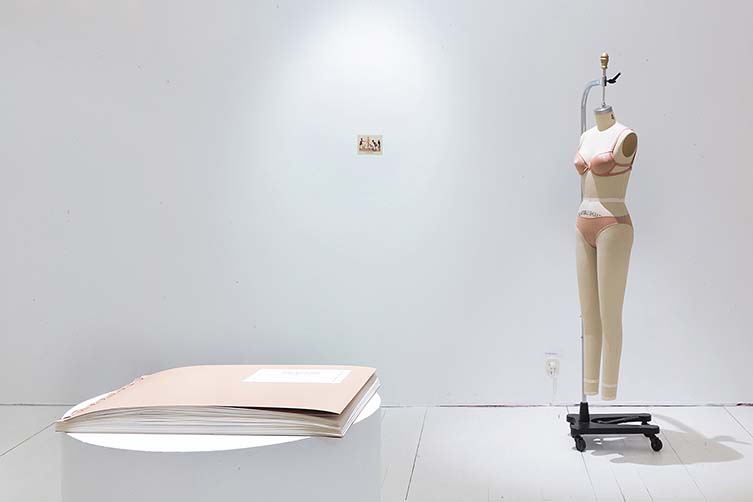
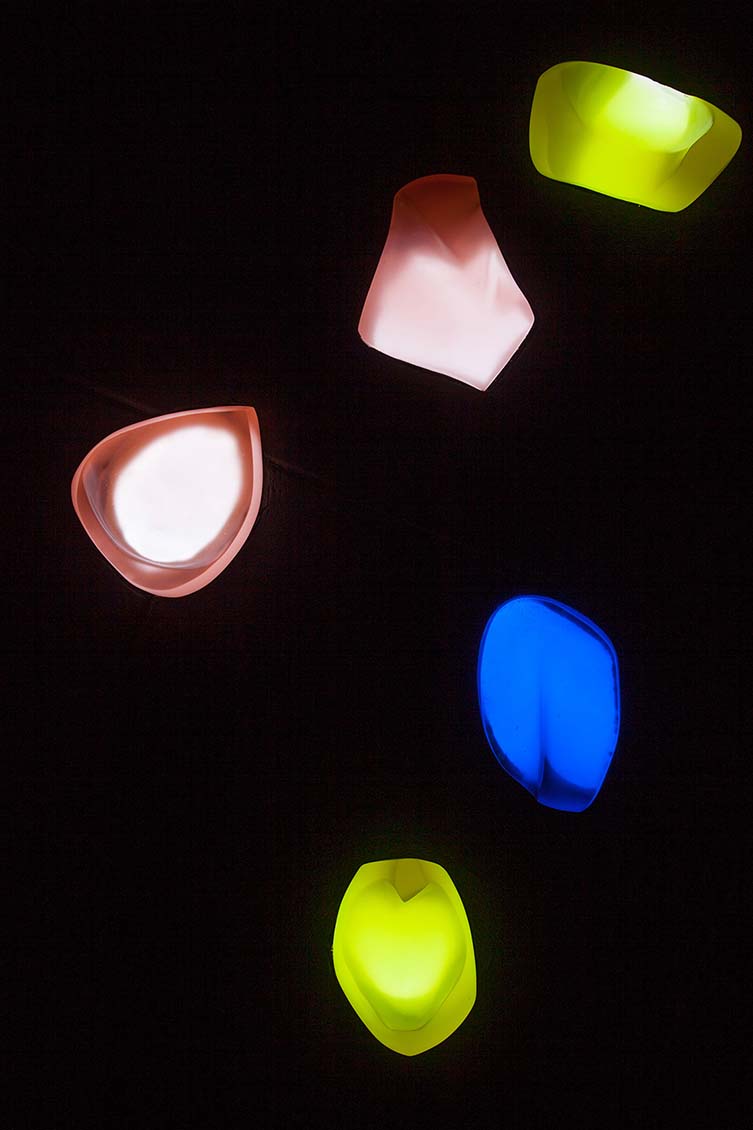
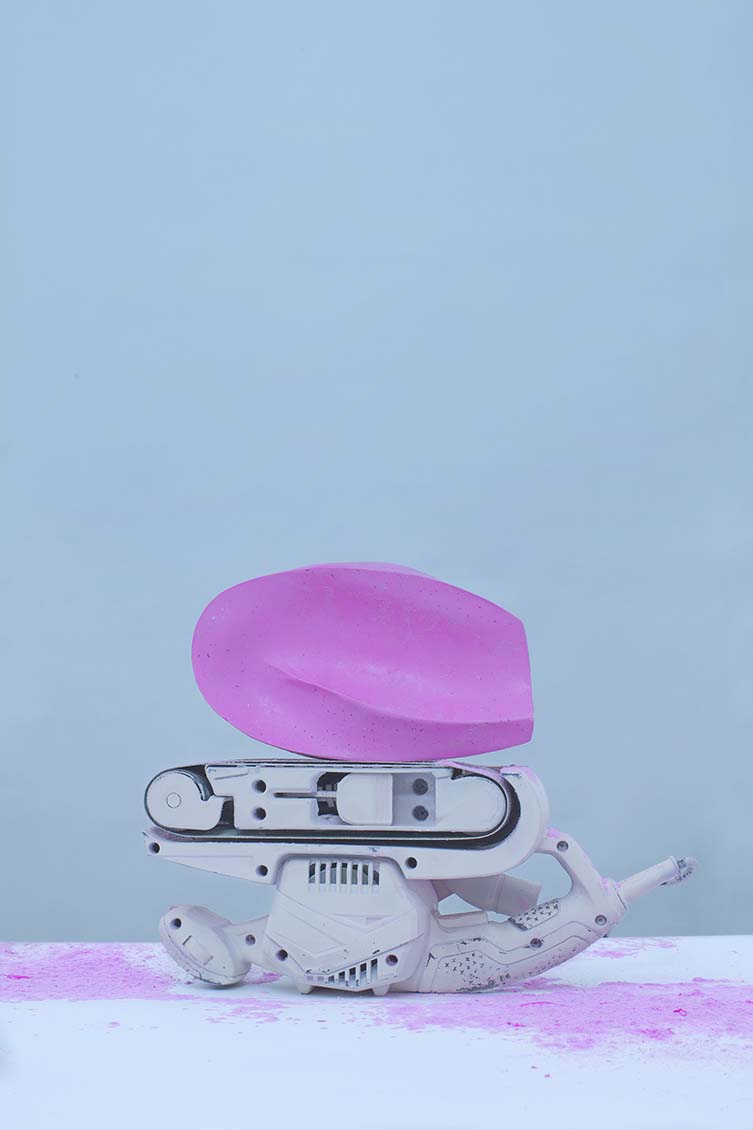
© Maria Agureeva
